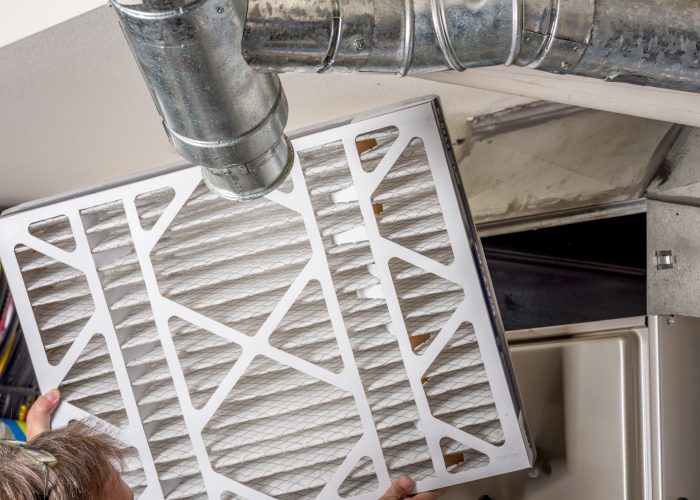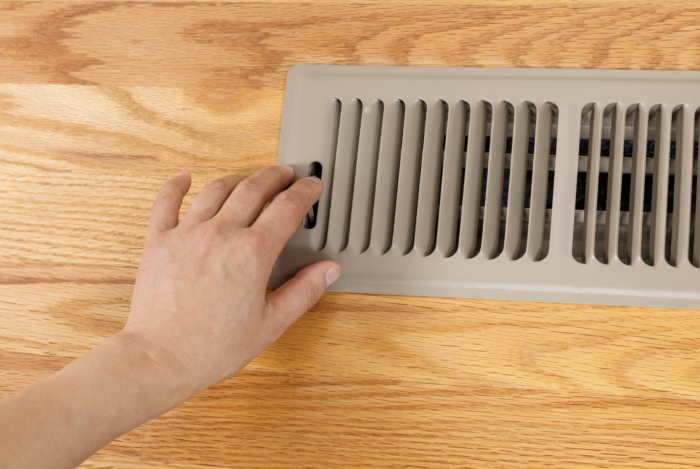How to Reduce Dust
How do you reduce dust in your home?
Dust is unavoidable. If you have too much to deal with, or if you suffer from asthma or allergies, there are a few things you can do to dramatically reduce the amount of dust in your home.
Where does dust come from?
Dust comes from a number of sources. Most often dirt and debris from outside your home comes in through open doors and windows, or it sticks to your shoes and clothes and breaks free when you get inside. Other sources include:
- Furniture and carpet fibers
- Particles from walls and ceilings
- Food particles and cooking debris
- Pet dander
- Insects and insect droppings
- Dead human skin

Cleaning to reduce dust.
It’s no fun, but it is an essentially free way to reduce dust. It’s also the most effective method to ensure cleaner air. More frequent and more thorough cleaning not only picks up dust and dirt, it also helps prevent new dust from forming and floating around your home. Make sure you do these things regularly:
- Clean light fixtures, ceiling fans and other up-high objects first, so debris can fall to the ground.
- Clean surfaces frequently with a microfiber cloth. This will pick up more dirt than a regular towel.
- Vacuum all flooring frequently. Sweeping hard floors leaves lots of dirt behind that a vacuum will pick up. Carpets and rugs trap a lot of dust creating debris, so spend more time in these areas.
- Use a wet mop on hard floors in between vacuuming. This is a quick way to pick up a lot of loose dirt.
- If you have pets, brush them outside of the home as frequently as necessary. pet hair and dander can really impact air quality.
- Store unused clothes and bedding in air tight bags. This will prevent cotton and polyester fibers from escaping.
- Pick up any clutter. Many objects left out can either collect or create dust, proper storage keeps this risk out of your main living areas.
Maintain your HVAC system.
Change the air filters in your heating and cooling system every few months. If you have pets, or an unusually dusty house, you may need to do this more often. Many homeowners opt for a cheap filter, but higher quality filters can make a big difference in both air quality and the efficiency of your HVAC system.

You should also periodically clean your air ducts and vents. If you have a lot of dust in your heating and cooling system, it can find its way into your living space. Vacuum visible dust from vents, and consider a professional duct cleaning if you’ve never had it done.
Consider an air purifier.
Consider purchasing or installing an air purifier. These devices work, and they can drastically improve the air quality in your home. Air purifiers pull air through a filter, trapping particles and debris, before circulating clean are back into your home.
Portable models start at about $100, and go up for larger rooms. Some models have multiple filters and more powerful fans, which can impact the cost.
You can also install similar products in your heating and cooling system. These systems are more expensive, but they take care of your entire home, rather than one room at a time. Check out the Air Scrubber, this product reduces dust, as well as germs and bacteria in the air and on surfaces.

You’ll never completely eliminate dust in your home, but with a little effort, and the right products you can improve your home’s air quality.
